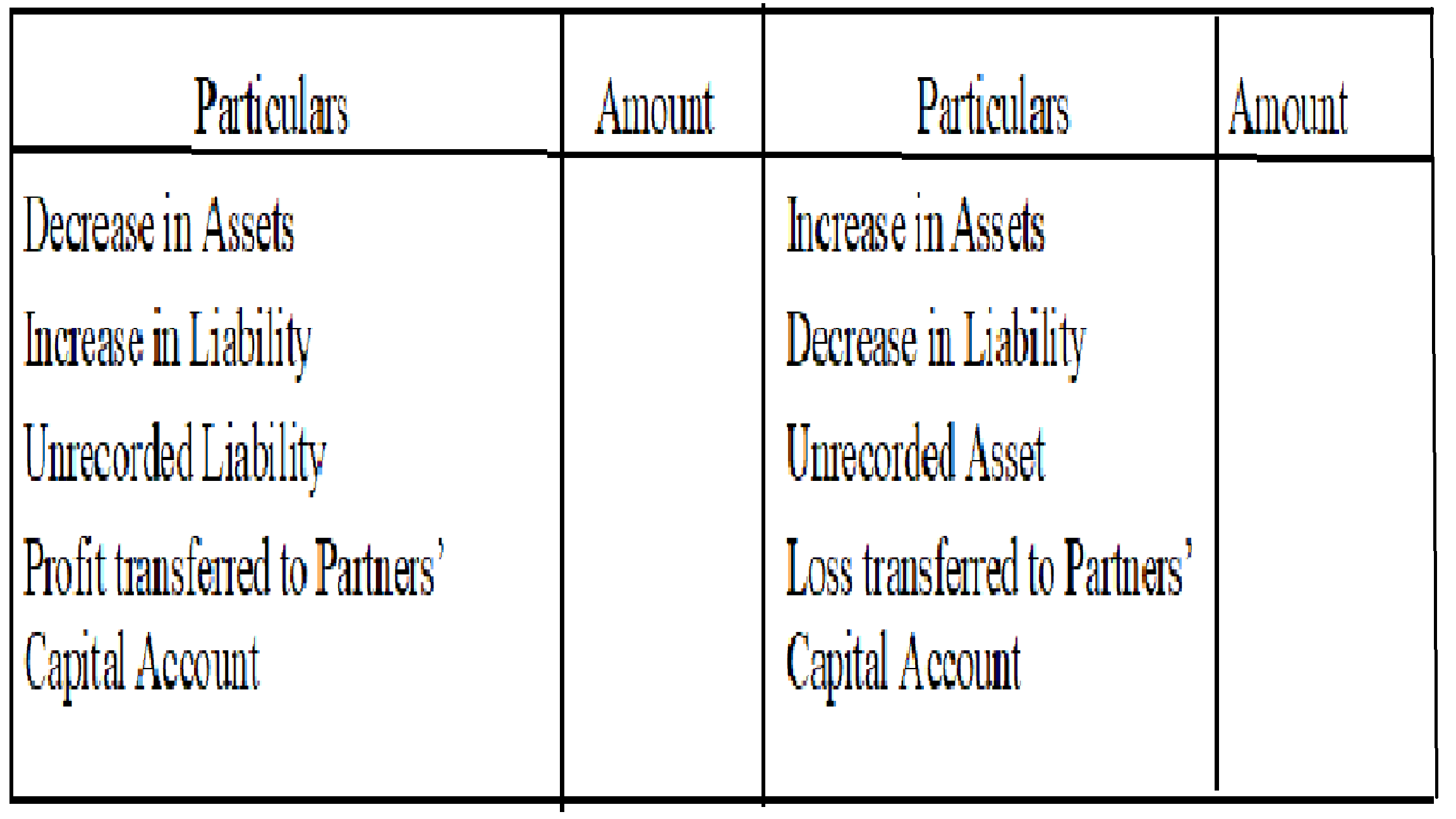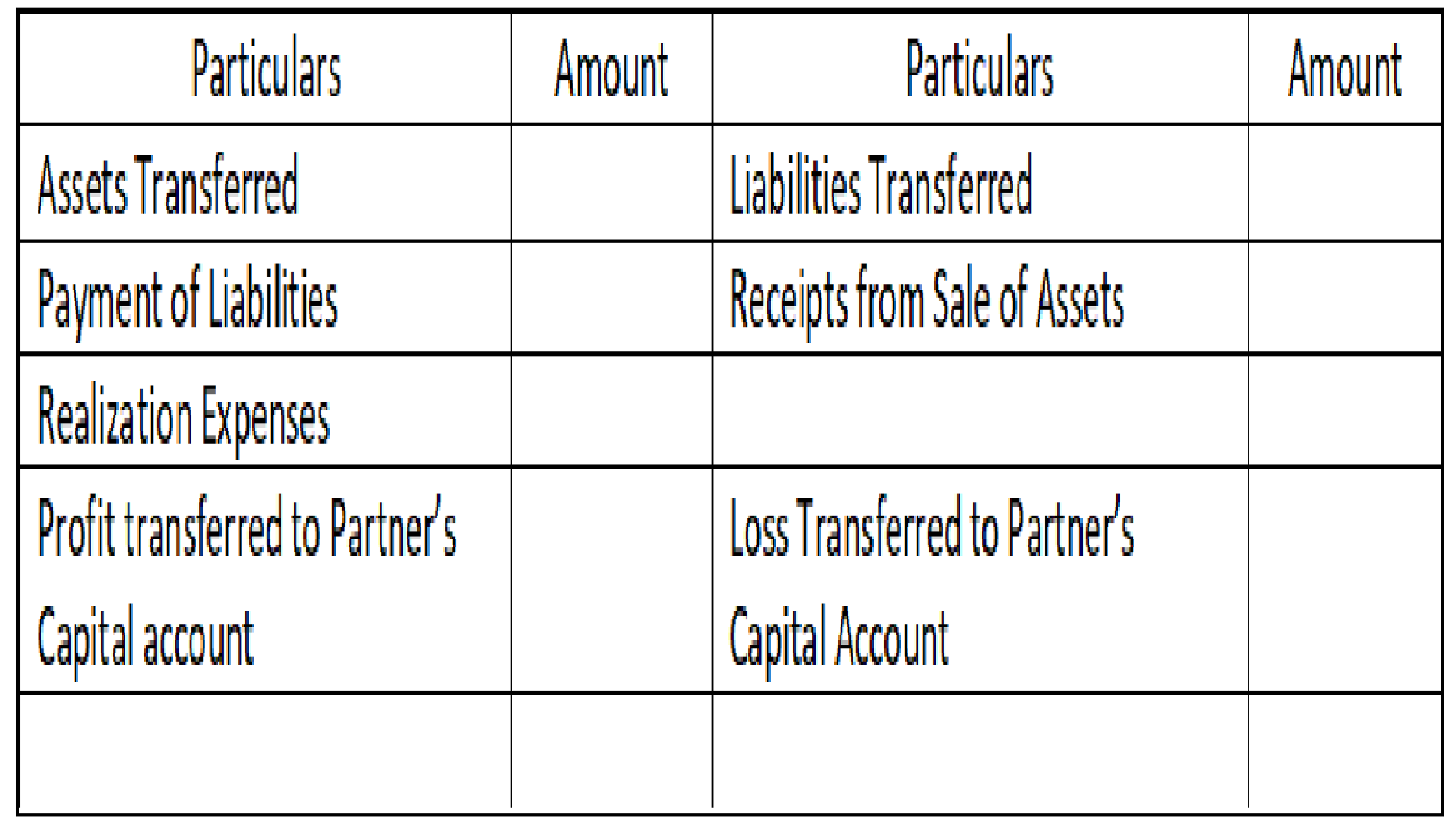Definition A limited liability partnership (LLP)is a business vehicle like a partnership that features the partners ‘ liability is limited. Thus, it has elements of partnership and company. Another important feature of LLP is that each partner is not responsible or liable for another partner’s miscoRead more
Definition
A limited liability partnership (LLP)is a business vehicle like a partnership that features the partners ‘ liability is limited. Thus, it has elements of partnership and company.
Another important feature of LLP is that each partner is not responsible or liable for another partner’s misconduct or negligence.
LLP as constituted in INDIA:
The limited liability partnership act, 2008 came into effect on 31st march, 2009. LLP is different from a partnership as it operates like a partnership, but in an LLP each partner is protected from personal liability, except to the extent of his capital contribution in the LLP.
• LLP is subject to income tax like any other partnership firm.
• A partner is not liable for independent or unauthorized actions of other partners, thus allowing individual partners to be shielded from joint liability created by another partner‘s wrongful business decisions or misconduct.
• LLP is a body corporate and legal entity separate from its partners. It has perpetual succession like a limited liability company.
Indian partnership act 1932 is not applicable to LLPs and also the limit on the number of partners in an LLP is not applicable, unlike an ordinary partnership firm where the maximum number of partners cannot exceed the number specified under SEC 464 of Companies Act 2013, which at present is 50.
The LLP Act, 2008 specifies that a least one of the partners in the LLP is a citizen of India and an Indian national.
• The Registrar Of Companies ( ROC) is authorized to register and control LLPs.
Characteristics
• Separate legal entity :
Like a company, LLP also has a separate legal entity. Therefore partners and LLP are distinct from each other, like a company where the company has a legal entity separate from its shareholders.
• Minimum capital :
LLP is not required to maintain minimum capital. Thus partners in LLP decide how much capital will be contributed by each partner.
• The Minimum number of members :
An LLP can be established with at least two members who shall also be the designated partners and shall have Director Identification Number (DIN).
There is no limit on the maximum number of partners. Members other than designated partners are required to have DIN.
• Audit is not mandatory :
All companies, whether private or public, are required to get their accounts audited. However, an audit of LLP‘s books of accounts is not mandatory except :
• If the contribution of the LLP exceeds Rs 25 lakhs: or
• If the annual turnover of the LLP exceeds Rs 40 lakhs.
See less





The profit and loss appropriation account is an account created in addition to the Trading & Profit and loss account in the case of partnership firms. It is a nominal account. The net profit or loss from the Profit and loss account is transferred to the Capital A/c when we do the accounting of sRead more
The profit and loss appropriation account is an account created in addition to the Trading & Profit and loss account in the case of partnership firms. It is a nominal account.
The net profit or loss from the Profit and loss account is transferred to the Capital A/c when we do the accounting of sole proprietors.
But, while doing the accounting of partnership, there is a need to appropriate this profit or loss as there are two or more partners’ capital accounts. So, for this purpose, the Profit and loss appropriation account is created.
The net profit or loss is appropriated among the partner’s capital after adjustment the items like partner’s salary, commission, interest on capital, interest on drawing etc. It consists of items related to the partner’s claim.
The format of the profit and loss appropriation account is as below:
Let solve a problem to sharpen our concept:
A and B are partners in firm sharing profits and losses in the ratio of 4:1. On 1st January 2019, their capitals were ₹ 20,000 and ₹ 10,000 respectively. The partnership deed specifies the following:
Prepare Profit and loss appropriation account for the year ending 31st December 2019.
Solution:

See less